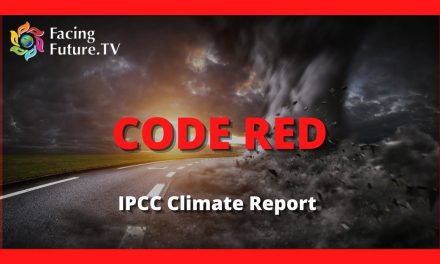Published by The Climate Reality Project
These diseases affect us all. But like so many climate impacts, they hit people in developing nations hardest.
Infectious diseases are becoming more prolific in our warming world. And the insidious spread of some illnesses and the uptick in dangerous diagnoses has much to do with climate change.
Here’s what the climate connection looks like: climate change makes oceans, lakes, and other bodies of water warmer, which in turn allows pathogens like bacteria and toxic algae to thrive. The water we use to drink or bathe or even play in can easily become a source of disease in these conditions. Millions of people around the world could be affected.
While heat helps the pathogens grow, extreme weather events like hurricanes and floods can spread them even further.
>> Learn more: Climate 101: Climate Change and Infectious Disease <<
Disease can also spread through animals like mosquitoes that transmit viruses and bacteria directly through bites. When it comes to public health, mosquitoes are public enemy number one, killing more people each year than all human violence and all other organisms combined.
Hotter temperatures mean that mosquitoes ticks and other carriers can survive and thrive in more places across earth, living longer and reproducing faster. The result: diseases like Lyme, dengue, Zika, malaria, and yellow fever can all increase their reach and spread more quickly than ever.
These diseases affect us all. But like so many climate impacts, they hit people in developing nations hardest.
The bottom line: Today’s warming weather is creating perfect conditions for these infectious diseases to spread farther and faster than ever before.
So how do we stop them?
We fight back.
If you want to make a difference, join us and the millions using their voices to tackle the climate crisis. Sign up for our email list below and we’ll keep you posted on the latest developments in climate policy and how you can help.



